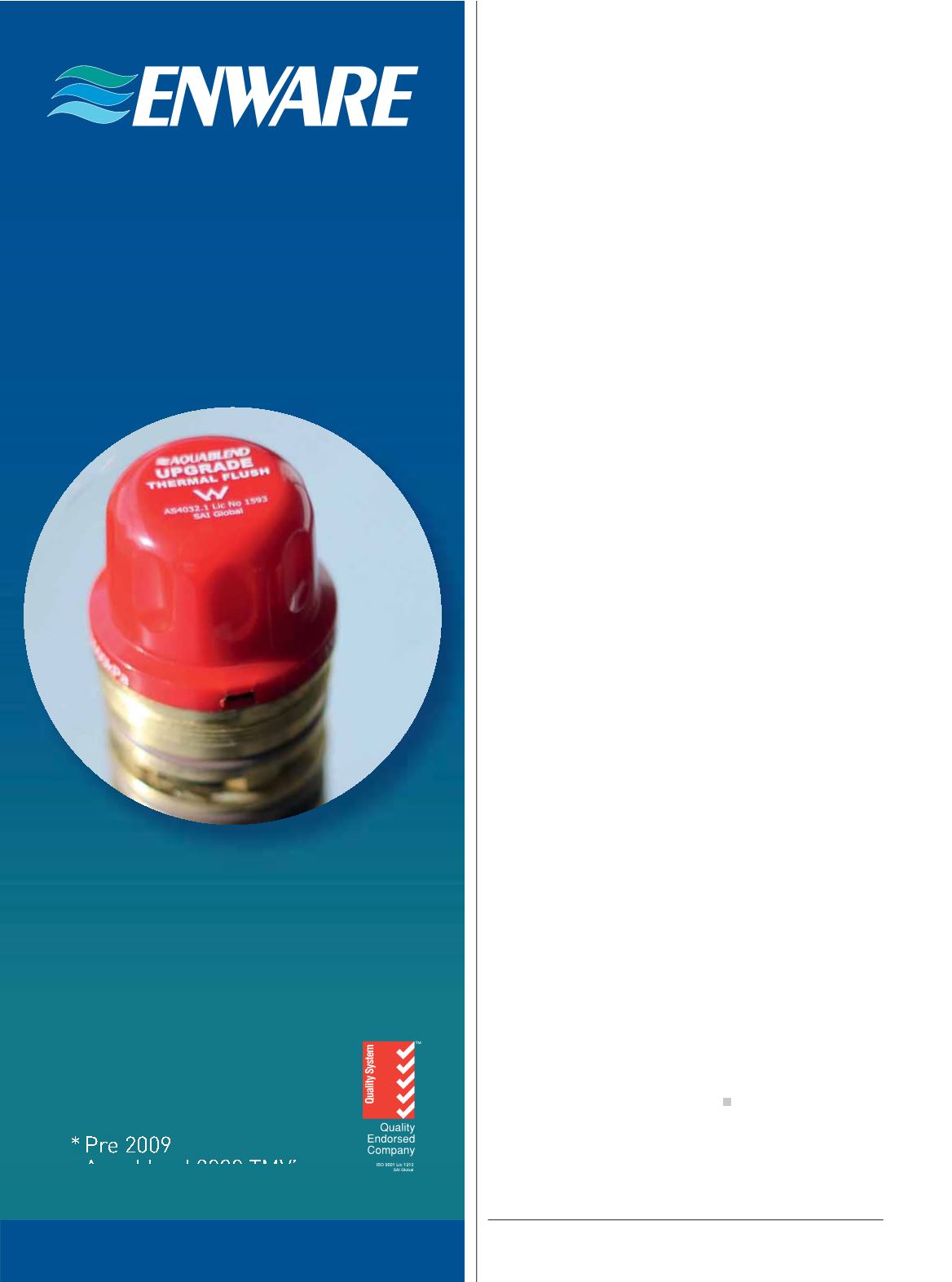
 3 8
PLUMBING CONNECTION Summ
3 8
PLUMBING CONNECTION Summ
er 2017
notices for up to $1260 for individuals or $6300 for
corporations.
“Ultimately we want to be able to provide a level playing
field for businesses that do register and label their products
and the majority of them do,” says Carol. “The challenge is
those products that are brought in from overseas that are
often purchased online. For those that do register and display
the WELS label it is easy to identify the compliant product
compared to those which are not.
“When we find instances of unregistered or unlabelled
product, we work with the supplier to rectify the problem
first rather than hand out an infringement notice. Most of
them once they realise that it is a legal requirement and that
penalties can be enforced, will rectify the situation. Some
even become advocates for WELS because they recognise its
value to the community and its usefulness as a selling point.”
Since introducing WELS, the scheme has seen marked
improvements in water savings in urban environments. A
study published by University of Technology, Sydney in 2015
estimated that WELS saved 70 billion litres per year in 2013.
Projections on those figures to 2030 give water savings of
around 200 billion litres per year – one billion litres is enough
to fill 400 Olympic-size swimming pools.
“Those figures equate to about $2bn savings per year
on utility bills for the homeowner. That is from both water
savings and reduced energy bills for water heating. The
reduced energy use means greenhouse gas emissions are also
reduced.
“When consumers are shopping for a new showerhead,
toilet or tap, the star rating will let them know which one is
more water efficient. Choosing between one that is three
star rated at $30 compared to a four star showerhead at $40
should be a simple decision, given the long term savings on
water and energy bills.”
Product testing for the WELS rating is rigorous and is
conducted as part of the WaterMark tests. Products must be
fit for purpose, deliver the water savings promised and meet
performance requirements. For example, toilets must remove
waste and washing machines must clean the clothes and rinse
away detergent.
Showerheads can now achieve a four star rating but they
must meet the requirements of a spray force and coverage
test. Essentially it is designed to test that the showerhead still
delivers a satisfactory and comfortable shower experience,
and that the spray of water doesn’t feel like being struck with
pins and needles, and the consumer can, for example, rinse
their hair. Toilets can now be tested to a six star rating.
The WELS group are working with government and industry
bodies to ensure that all stakeholders are aware of their
obligations. Consumers and industry can use the WELS
database to find WELS information, check that products are
registered or register new products.
More information is available on the WELS website (www.
waterrating.gov.au)and WELS personnel can be contacted at
WELS@agriculture.gov.auor on 1800 372 746 (compliance
enquiries) or 1800 218 478 (registration enquiries).
*Pre 2009
Aquablend 2000 TMV’s
AQUABLEND
™
2000
Thermal
Flush Upgrade
Cartridge
*
Legionella
Control
Solutions
www.enware.com.au|
1300 369 273
WELS
















